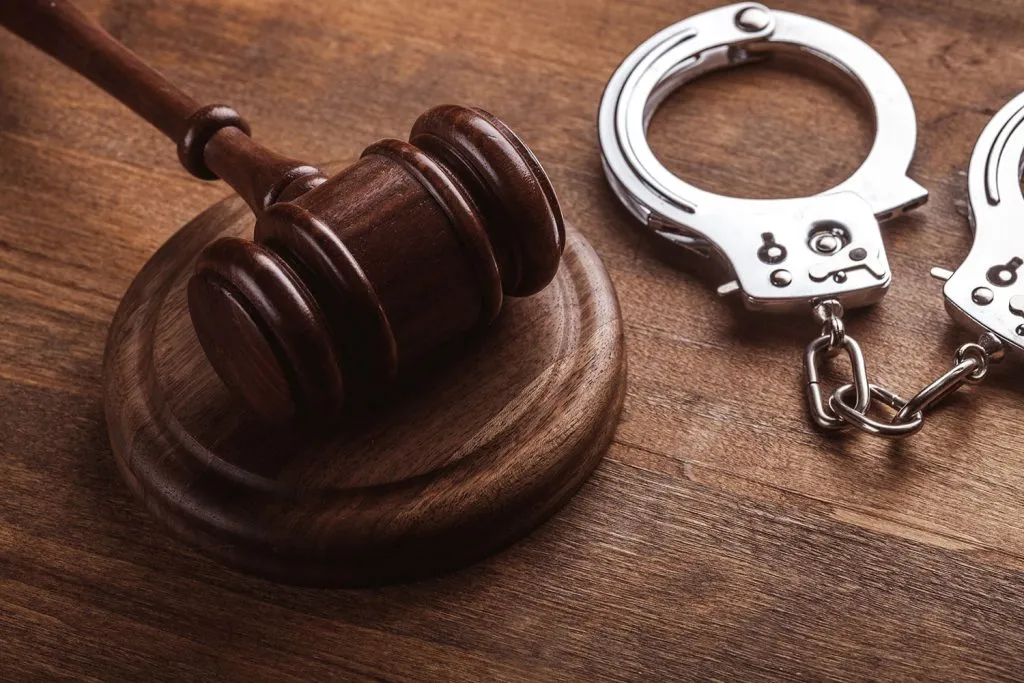In the realm of criminal law, bail and bond are terms that frequently come up, yet many individuals aren’t entirely clear on what they entail. These legal concepts play a vital role in the justice system, influencing the pre-trial release of defendants and the assurance that they will appear in court as required. This article delves into the intricate workings of bail and bond in criminal cases, elucidating their significance, procedures, and related frequently asked questions.
Understanding Bail and Bond
Bail and bond, though distinct, share the common goal of ensuring a defendant’s presence at their court appearances. Here’s a breakdown of these terms:
1. Bail vs. Bond: What’s the Difference?
Bail and bond are often used interchangeably, but they are not the same. Bail refers to the monetary amount set by a court that a defendant must pay to secure their release from custody before trial. Bond, on the other hand, is a financial guarantee provided by a bail bond agent or bonding company on behalf of the defendant to secure their release.
In simple terms, bail is the total amount required for release, while a bond is a promise to pay that amount if the defendant fails to appear in court. Bond agents charge a fee, typically a percentage of the bail amount, for their services.
2. How Is Bail Determined?
Bail amounts vary based on several factors, including the nature and severity of the crime, the defendant’s criminal history, and the likelihood of them appearing in court. Judges consider these elements when setting bail to balance the defendant’s rights with public safety.
To determine bail, courts may employ various methods, such as using bail schedules that assign predetermined amounts to specific offenses or conducting individualized assessments of the defendant’s circumstances.
3. The Bail Process
Once bail is set, the defendant, or a representative, may post the entire bail amount or seek assistance from a bail bond agent. The typical steps in the bail process include:
- Arrest: The defendant is apprehended by law enforcement and brought into custody.
- Booking: The defendant’s personal information, charges, and fingerprints are recorded.
- Bail Hearing: A court determines the bail amount and any specific conditions for release.
- Posting Bail: The defendant or their representative pays the full bail amount or hires a bail bond agent.
Can bail be denied?
Yes, in some cases, bail may be denied if a judge believes the defendant poses a significant flight risk or is a danger to the community. Additionally, for certain serious offenses, there may be a presumption against bail.
What happens if the defendant fails to appear in court?
If a defendant skips a court appearance, a warrant for their arrest is issued. The court may also forfeit the bail, requiring the person who posted it to pay the full amount.
Are there alternatives to bail?
Yes, some jurisdictions offer alternatives to bail, such as release on recognizance (ROR) or supervised release programs, which do not require a financial guarantee but are based on the defendant’s promise to appear.
Can bail be modified or reduced?
Yes, in certain situations, a defendant or their attorney can request a bail modification or reduction. This often requires a formal hearing where the judge considers new information or changed circumstances.
Is bail refundable if the defendant appears in court as required?
Yes, if the defendant complies with all court appearances and obligations, the bail amount is typically refundable, minus any applicable fees or fines.
Conclusion
Bail and bond are integral components of the criminal justice system, enabling individuals accused of crimes to secure their pre-trial release. Understanding the nuances of these concepts is crucial for both defendants and their families. By comprehending the distinctions between bail and bond, as well as the bail process and associated considerations, individuals can navigate the legal system more effectively and make informed decisions when facing criminal charges. In essence, bail and bond mechanisms are essential tools that help maintain a balance between the right to liberty and the interests of justice.







